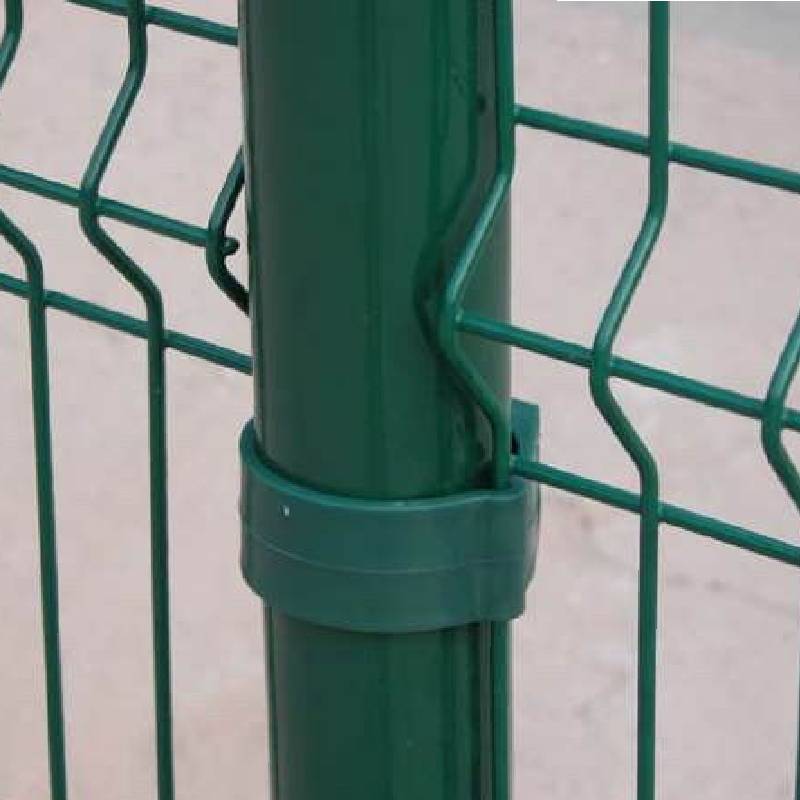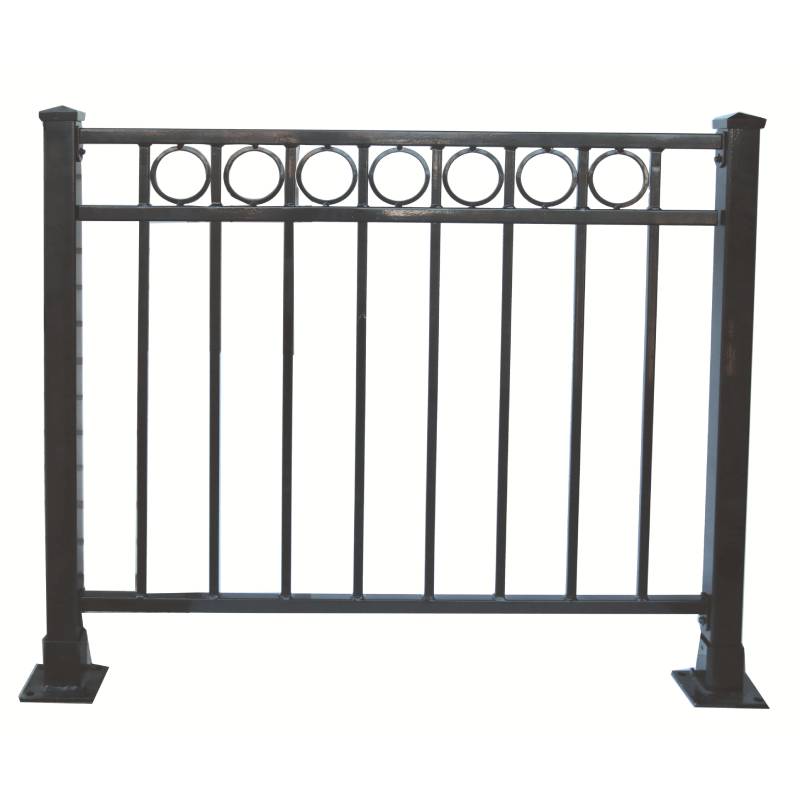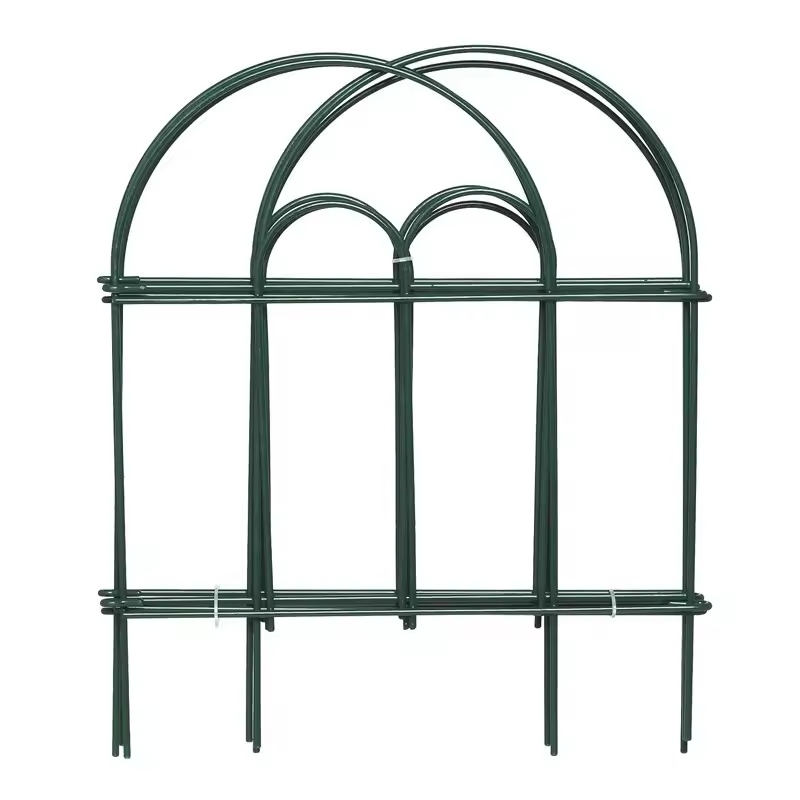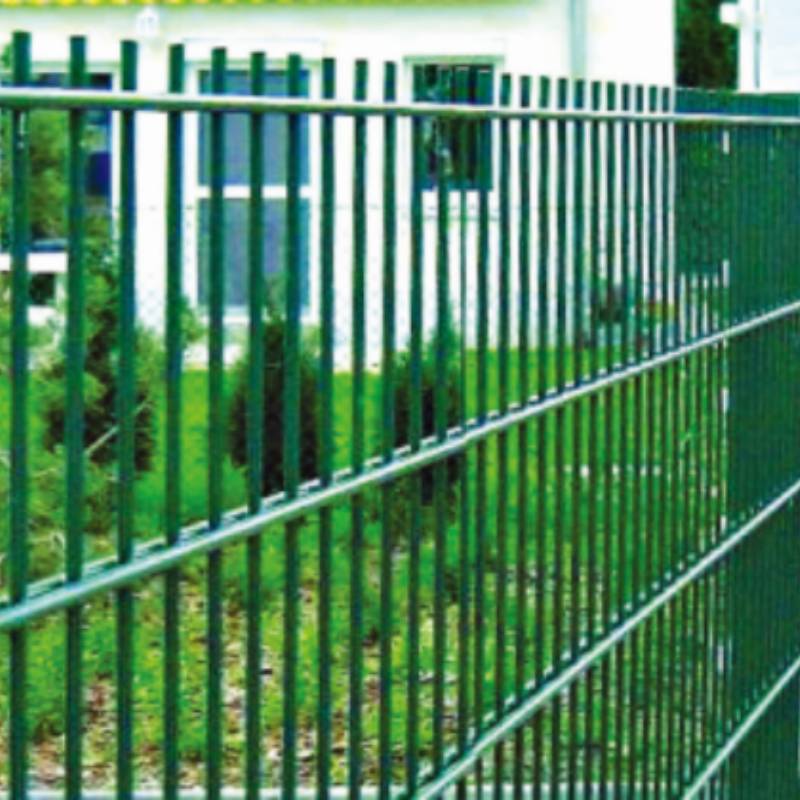-
E-post:zhao@hyliec.cn
-
Tel:+86 311 85273988
-
WhatsAPP:8613931128750
-
 Afrikaanske
Afrikaanske -
 Albaneesk
Albaneesk -
 Amhaarsk
Amhaarsk -
 Arabysk
Arabysk -
 Armeensk
Armeensk -
 Azerbeidzjaansk
Azerbeidzjaansk -
 Baskysk
Baskysk -
 Wytrussysk
Wytrussysk -
 Bengaalsk
Bengaalsk -
 Bosnysk
Bosnysk -
 Bulgaarsk
Bulgaarsk -
 Katalaansk
Katalaansk -
 Cebuano
Cebuano -
 Korsikaansk
Korsikaansk -
 Kroatysk
Kroatysk -
 Tsjechysk
Tsjechysk -
 Deensk
Deensk -
 Nederlânsk
Nederlânsk -
 Ingelsk
Ingelsk -
 Esperanto
Esperanto -
 Estysk
Estysk -
 Finsk
Finsk -
 Frânsk
Frânsk -
 Frysk
Frysk -
 Galyskysk
Galyskysk -
 Georgysk
Georgysk -
 Dútsk
Dútsk -
 Gryksk
Gryksk -
 Gujaratysk
Gujaratysk -
 Haïtiaansk Kreaolsk
Haïtiaansk Kreaolsk -
 Hausa
Hausa -
 Hawaïaansk
Hawaïaansk -
 Hebrieuwsk
Hebrieuwsk -
 Nee
Nee -
 Miao
Miao -
 Hongaarsk
Hongaarsk -
 Yslânsk
Yslânsk -
 igbo
igbo -
 Yndonesysk
Yndonesysk -
 Iersk
Iersk -
 Italiaansk
Italiaansk -
 Japansk
Japansk -
 Javaansk
Javaansk -
 Kannada
Kannada -
 Kazachsk
Kazachsk -
 Khmer
Khmer -
 Rwandan
Rwandan -
 Koreaansk
Koreaansk -
 Koerdysk
Koerdysk -
 Kirgizysk
Kirgizysk -
 TB
TB -
 Latyn
Latyn -
 Letsk
Letsk -
 Litousk
Litousk -
 Lúksemboarchsk
Lúksemboarchsk -
 Masedoanysk
Masedoanysk -
 Malgashi
Malgashi -
 Maleisk
Maleisk -
 Malayalam
Malayalam -
 Malteesk
Malteesk -
 Maori
Maori -
 Maratysk
Maratysk -
 Mongoalsk
Mongoalsk -
 Birma
Birma -
 Nepaleesk
Nepaleesk -
 Noarsk
Noarsk -
 Noarsk
Noarsk -
 Oksitaansk
Oksitaansk -
 Pashtu
Pashtu -
 Perzysk
Perzysk -
 Poalsk
Poalsk -
 Portegeesk
Portegeesk -
 Pûndjaabsk
Pûndjaabsk -
 Roemeensk
Roemeensk -
 Russysk
Russysk -
 Samoan
Samoan -
 Skotsk Gaelic
Skotsk Gaelic -
 Servysk
Servysk -
 Ingelsk
Ingelsk -
 Shona
Shona -
 Sindysk
Sindysk -
 Sinhala
Sinhala -
 Slowaaksk
Slowaaksk -
 Sloveensk
Sloveensk -
 Somalysk
Somalysk -
 Spaansk
Spaansk -
 Sundanese
Sundanese -
 Swahily
Swahily -
 Sweedsk
Sweedsk -
 Tagaloch
Tagaloch -
 Tajik
Tajik -
 Tamyl
Tamyl -
 Tatar
Tatar -
 Telugu
Telugu -
 Taisk
Taisk -
 Turksk
Turksk -
 Turkmeensk
Turkmeensk -
 Oekraynsk
Oekraynsk -
 Urdu
Urdu -
 Uighur
Uighur -
 Uzbek
Uzbek -
 Fietnameesk
Fietnameesk -
 Welsh
Welsh -
 Help
Help -
 Jiddysk
Jiddysk -
 Yoruba
Yoruba -
 Zulu
Zulu
Panel Fence
Wholesale Metal Fence Panels ?
Wholesale metal fence panels are a popular choice for those looking for durable and secure fencing solutions. These panels are often made steel materials providing a
strong and long-lasting option for garden fencing. They are available in various designs and sizes, making them suitable for a wide range of applications. Wholesale options offer cost-effective solutions for purchasing metal fence panels in bulk, making them ideal for contractors, landscapers, and property developers looking to install fencing on a larger scale.
Is It Cheaper To Buy Fence Panels Or Build Them?
The cost of buying fence panels versus building them can vary depending on several factors. In general, buying pre-made fence panels can be cheaper and more time-efficient than building them from scratch. Pre-made panels are mass-produced, which often makes them more cost-effective due to economies of scale. Additionally, purchasing fence panels can save on labor costs, as they are typically easier and quicker to install compared to building a fence from individual components. However, building a fence from raw materials allows for more customization and control over the design, which may be a priority for some individuals. It's important to consider the specific requirements, budget, and time constraints when deciding whether to buy or build fence panels.
How To Install A Panel Fence?
To install a panel fence involves several steps:
1. Measure and plan: Determine the length of the fence and calculate the number of panels needed. Plan the layout and ensure the fence posts are installed at the appropriate intervals to accommodate the panels.
2. Install the posts: Dig holes for the fence posts, ensuring they are deep enough to provide stability. Set the posts in concrete and allow them to cure before attaching the panels.
3. Attach the panels: Once the posts are set, attach the panels to the posts using appropriate fasteners such as screws or nails. Ensure the panels are level and properly aligned.
4. Add finishing touches: Depending on the type of panels used, additional finishing touches such as capping, trim, or paint may be required to enhance the appearance and durability of the fence.
5. Maintenance: Regular maintenance, such as cleaning and sealing, may be necessary to ensure the longevity of the fence panels.
It's important to follow the manufacturer's instructions and local building codes when paneling a fence to ensure proper installation and compliance with regulations. If in doubt, it's advisable to consult with a professional or seek guidance from experienced individuals.








